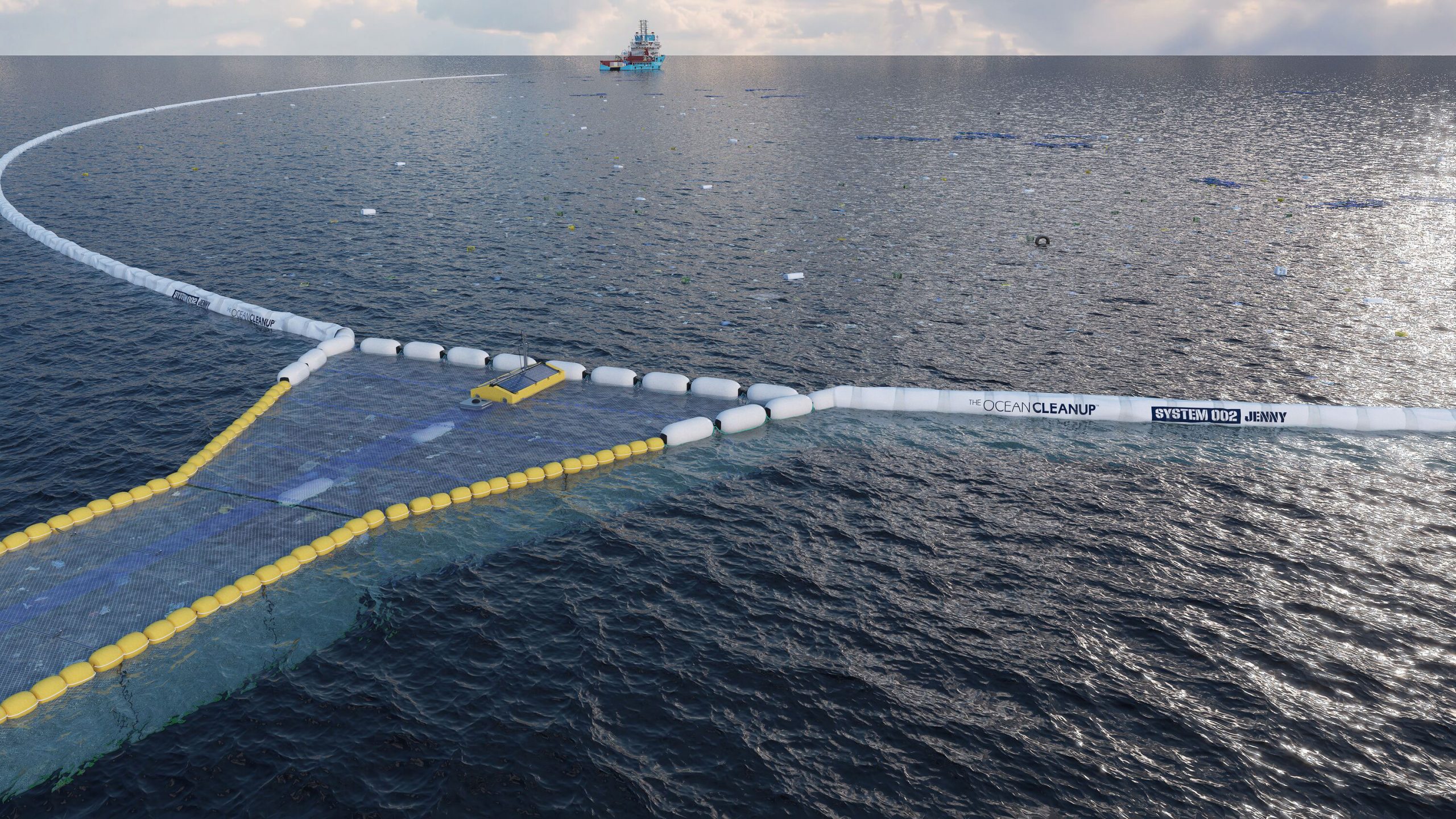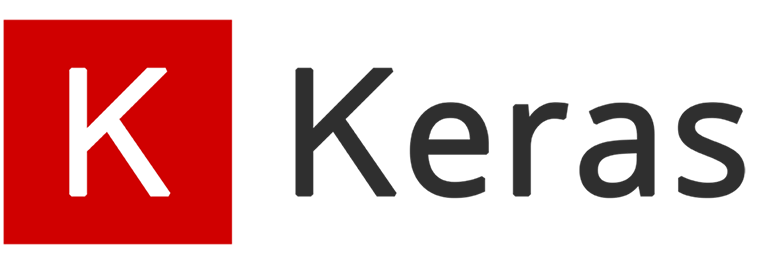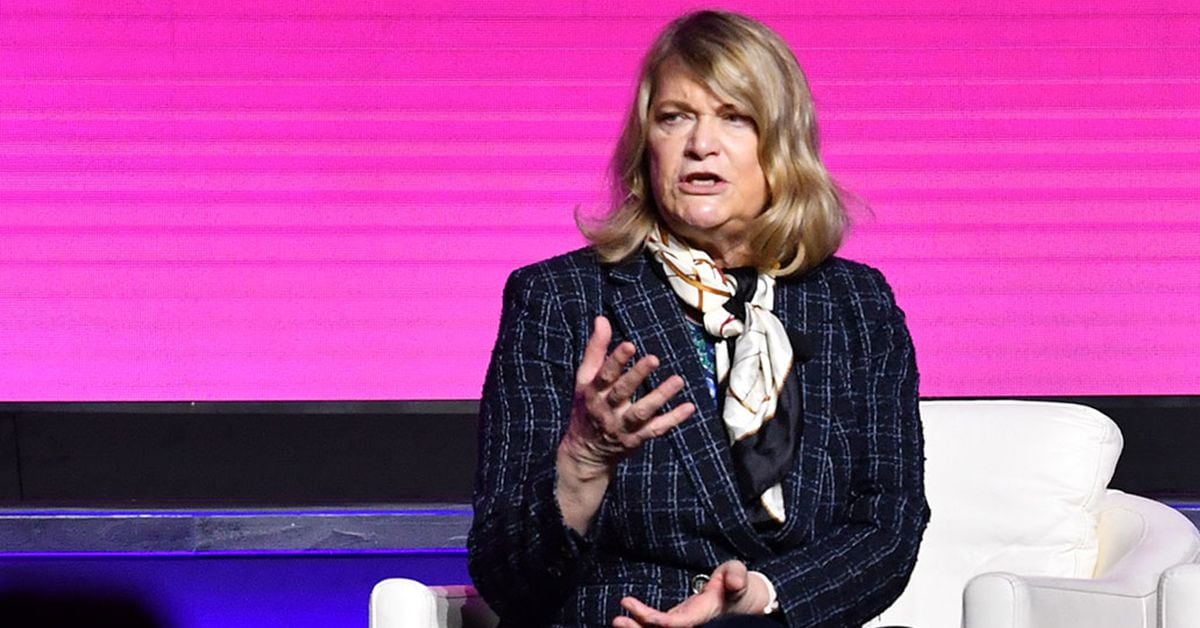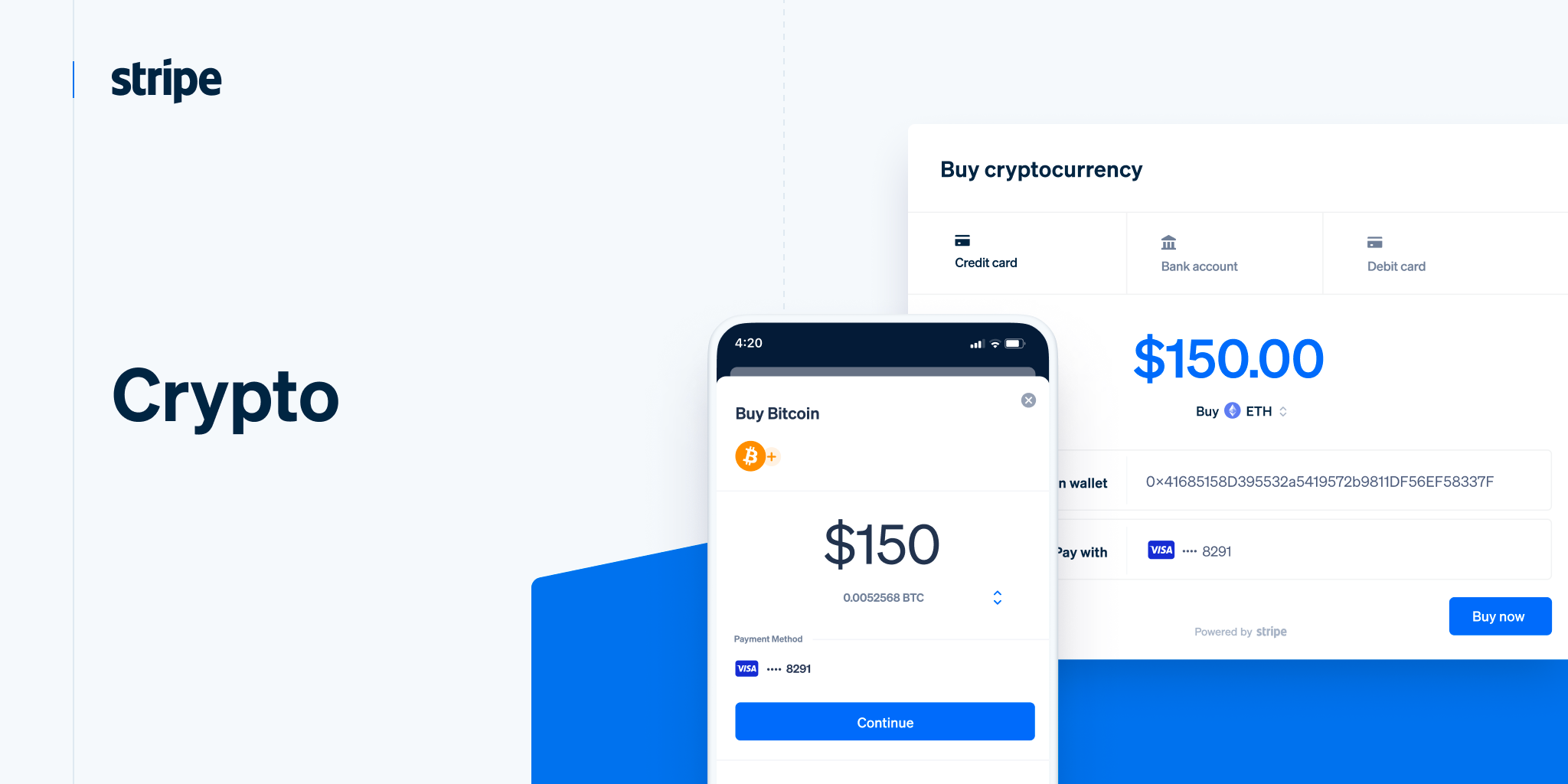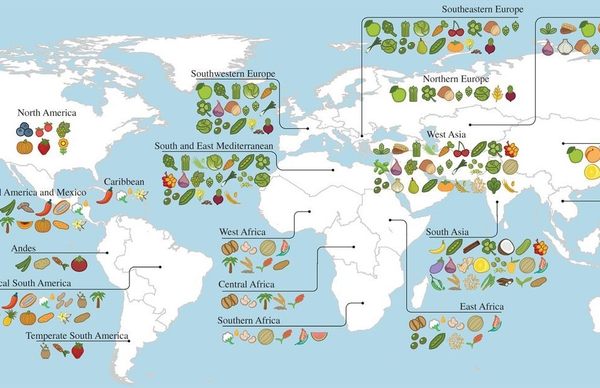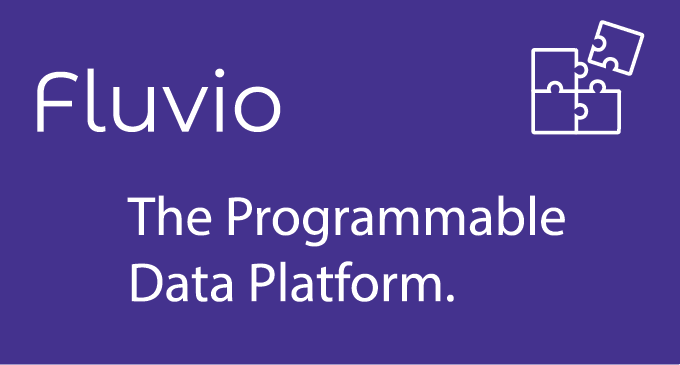
Introducing Fluvio: The Programmable Data Platform
In the last few years, organizations started to adopt stream processing architectures to power a new generation of data-driven services that can detect events, predict behaviors, and respond to customer demand in real-time. As these early pilots become production-ready services, organizations gradually expand these stream processing and analytics pipelines to other services. Moreover, as data volumes double every few years, organizations that extract valuable and relevant business signals in the shortest amount of time gain a significant competitive advantage. We believe organizations that choose data streaming technology will enjoy an impactful, long-lasting competitive advantage.
Most stream processing frameworks available today - Kafka, Pulsar, Flink, Spark, etc. - were born in the Big Data era and designed as monolithic platforms that require sizeable specialized staff to deploy, operate and maintain. Some admin operations such as setting up data sharing or re-balancing stream after config update require an IT ticket to be handled by the operation team.
These Java-based stream processing platforms assume a homogenous and monolithic enterprise development environment of Y2000 where one language rules it all. Some have reluctantly added partial support for Python. Other languages such as Node, Go, Ruby offer a subset of functionality in independent client libraries. However, Java-derived languages remains the only reliable way to customize stream processing. This barrier makes it difficult for many non-Java developer communities to leverage the power of real-time stream processing. Github expects 100M developers by 2025; most of them will be new developers and will not be familiar with Java.
